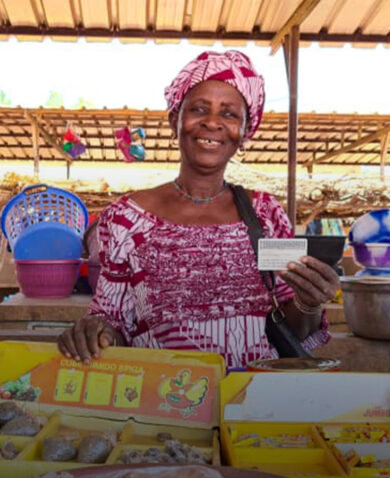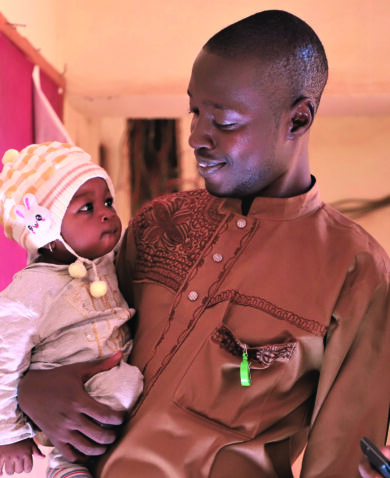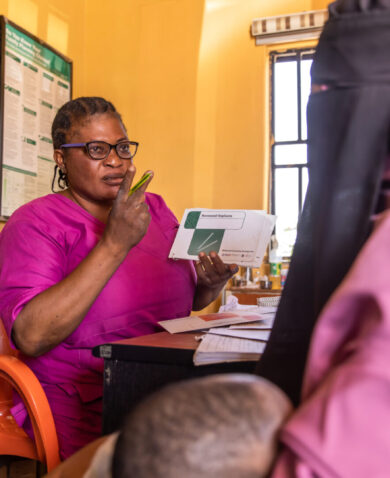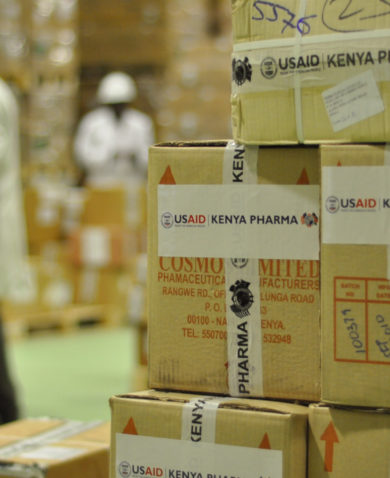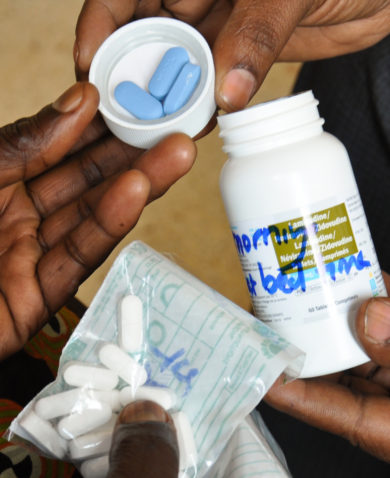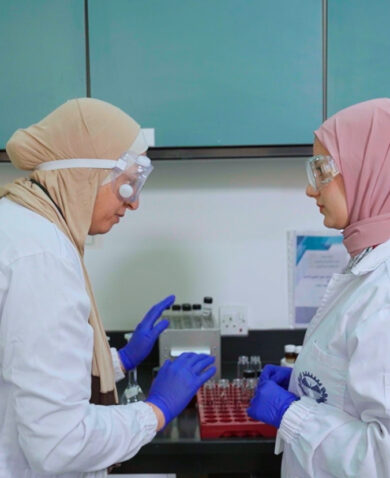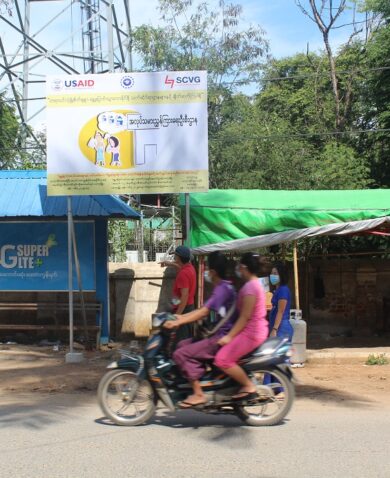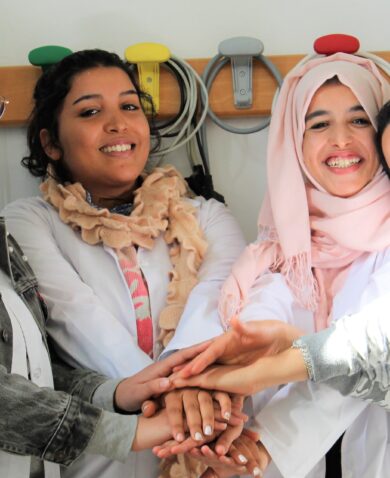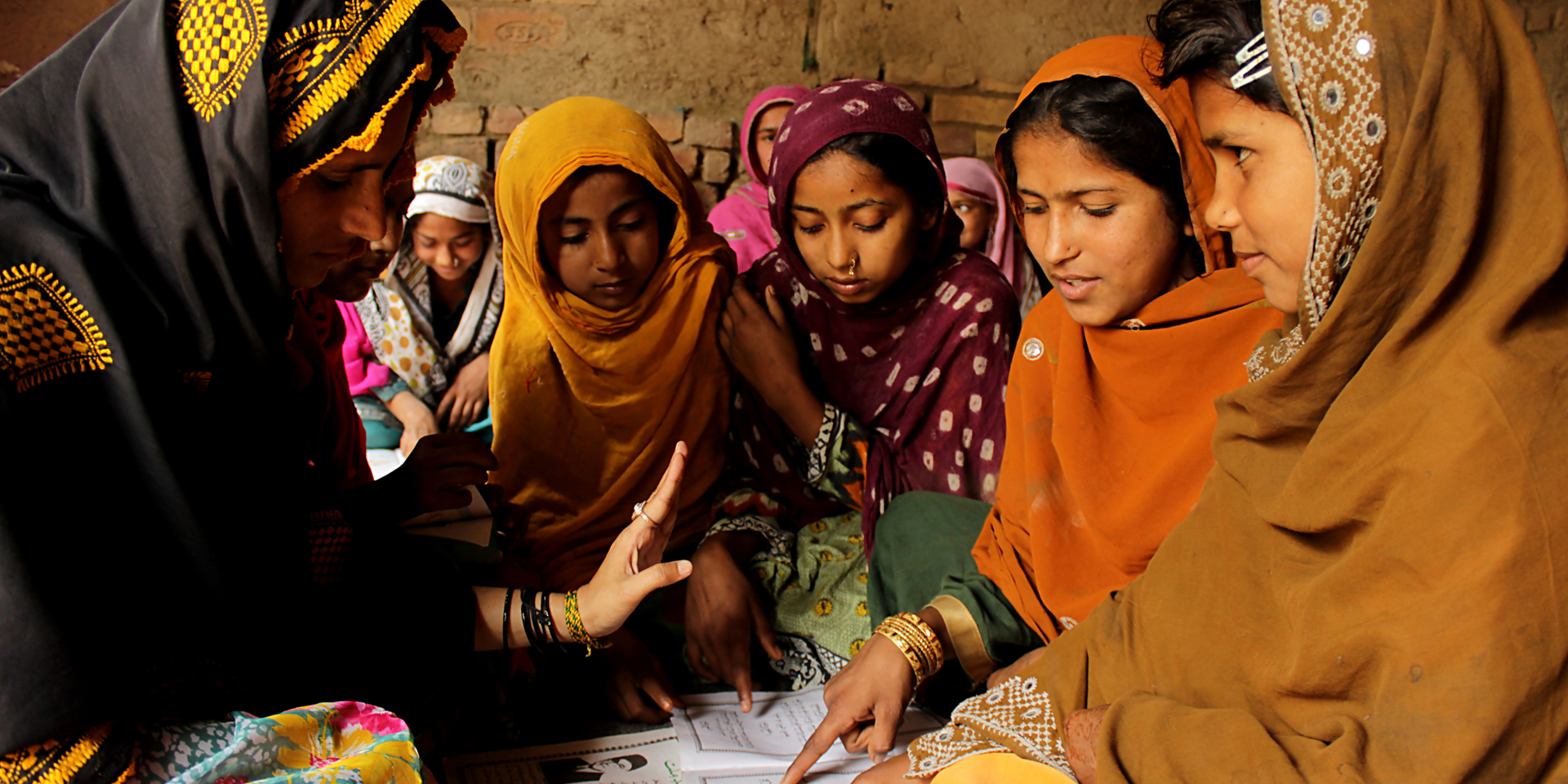
Violence Against Girls Isn’t a “Women’s Issue” — It’s a Human Rights Issue
September 7, 2016 | 3 Minute ReadResearch has shown that the cost of violence against girls spans many sectors of development.
A growing body of evidence shows that empowering adolescent girls to become future leaders in their communities is key to achieving global development goals, ensuring the sustainability of development interventions, and making a significant social impact. It is only by supporting, educating, and empowering adolescent girls that we can unlock their full potential to transform the world in which we live. The first step of achieving this goal is to eradicate violence against adolescent girls, which can take many forms, such as early marriage, female genital mutilation, sexual abuse, and physical and emotional abuse.
Far from just being a “women’s issue,” violence against girls is a human rights issue. It has long-term effects not only on girls, but on their families, communities, and countries, and obstructs development in virtually every sector. If more people understand the real costs of violence, they will be more compelled to fight it. Research has shown that the cost of violence spans many sectors of development. Below are just a few.
Health
Violence against adolescent girls has substantial health costs. According to the World Health Organization and Centers for Disease Control and Prevention, it leads to an increase of HIV and other STDs, pregnancy complications, unwanted pregnancies, depression, anxiety, attempted suicides, sleeping difficulties, and cigarette use, among other problems. Empirical data shows that violence against adolescent girls can cause mental disorders. The toxic stress that is created from violence leads to an increase in risky behaviors and conditions, which can impact both physical health and cognitive development.
Education
Violence against adolescent girls impedes their education. The violence that young women experience en route to school or at school is linked directly with drop-out rates. According to UN Women, 23 percent of girls reported experiencing sexual assault or rape on the way to or from school in Ethiopia. In Ecuador, 37 percent of adolescent girls who reported sexual violence in school identified teachers as the perpetrators. The lack of safe spaces for girls such as restrooms, facilities, and safe streets; lack of an effective reporting system and accountability; the stigma of menstruation; and the different kinds of harassment that adolescent girls endure contribute to them staying home fearing for their safety.
Economic
Violence against adolescent girls has a significant financial cost, even up the macroeconomic level. According to WHO, the estimated costs of intimate partner violence alone (including direct costs, such as medical services, and indirect costs, such as lost productivity) amount to $ 5.8 billion in the U.S. annually. According to UN Women, violence against women and children costs an estimated $11.38 billion in Australia per year and approximately $32.9 billion in England and Wales annually. If adolescent girls drop out of school as a result of violence, they will not gain the skills required for the job market and be less eligible for employment. Their economic contribution will be limited as a result, affecting their households, communities, and countries.
Violent Extremism
Violence against adolescent girls contributes to their radicalization. According to the U.S. Institute for Peace’s (USIP’s) research, violent extremist groups often use rape as a tool for recruitment. By highlighting the shame that it brings on the family and community, adolescent girls have nowhere to go but to join these groups. Insurgents also rape women to force them to join their groups.
The Way Forward
Fortunately, the importance of adolescent girls to human development is highlighted by the U.S. government’s efforts to invest on them through three groundbreaking initiatives. They include Let Girls Learn, which aims to help “adolescent girls attain a quality education that empowers them to reach their full potential”; the Dreams Partnership, which aims to “reduce HIV infections among adolescent girls and young women in 10 sub-Saharan African countries”; and the U.S. Global Strategy To Empower Adolescent Girls, which focuses on enabling an environment for better educated, healthier, and more empowered girls worldwide.
For initiatives like these to achieve their goals, from literacy to HIV prevention, the global development community needs to continue to work toward ending violence against girls. The costs are too high not to make it a priority.









